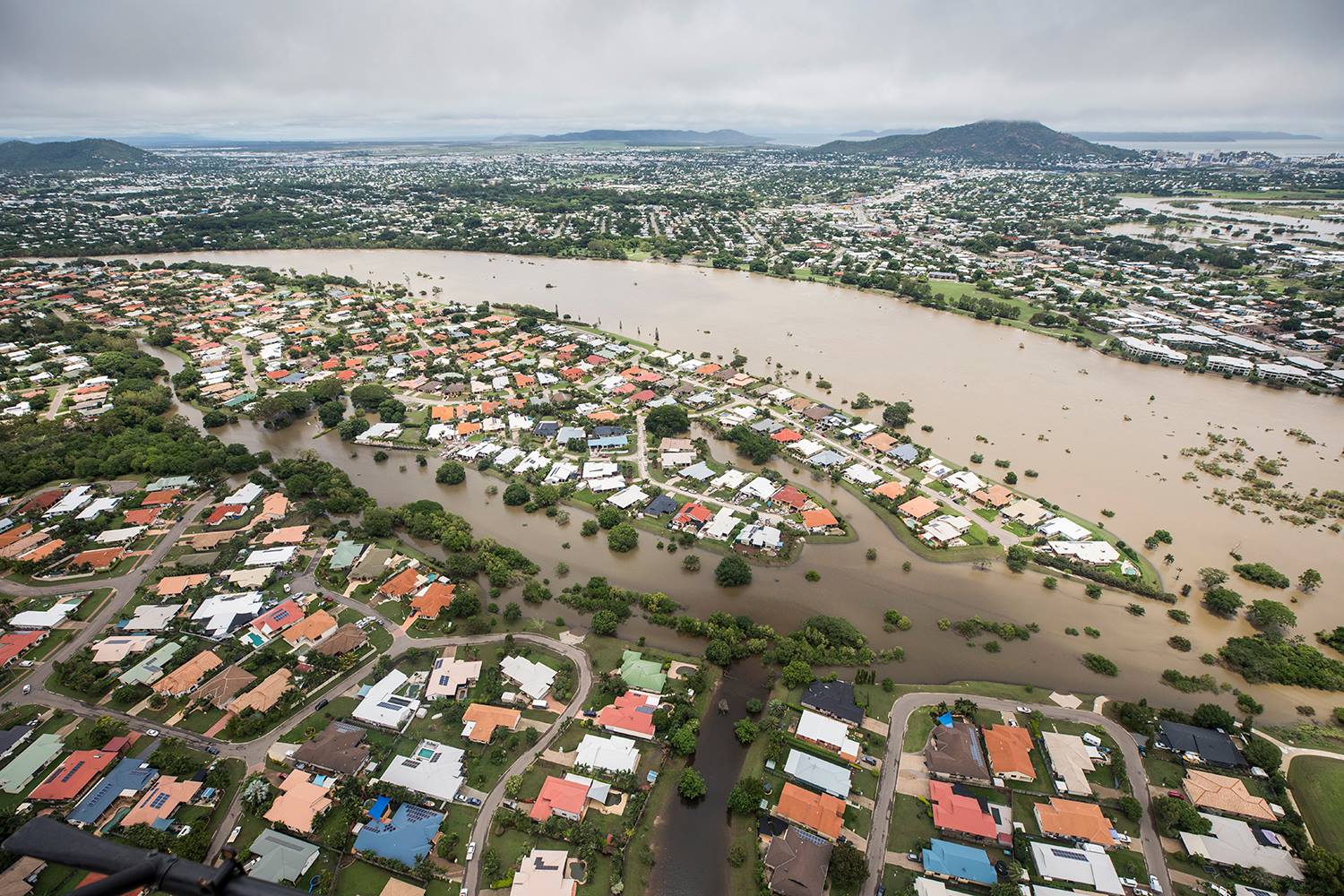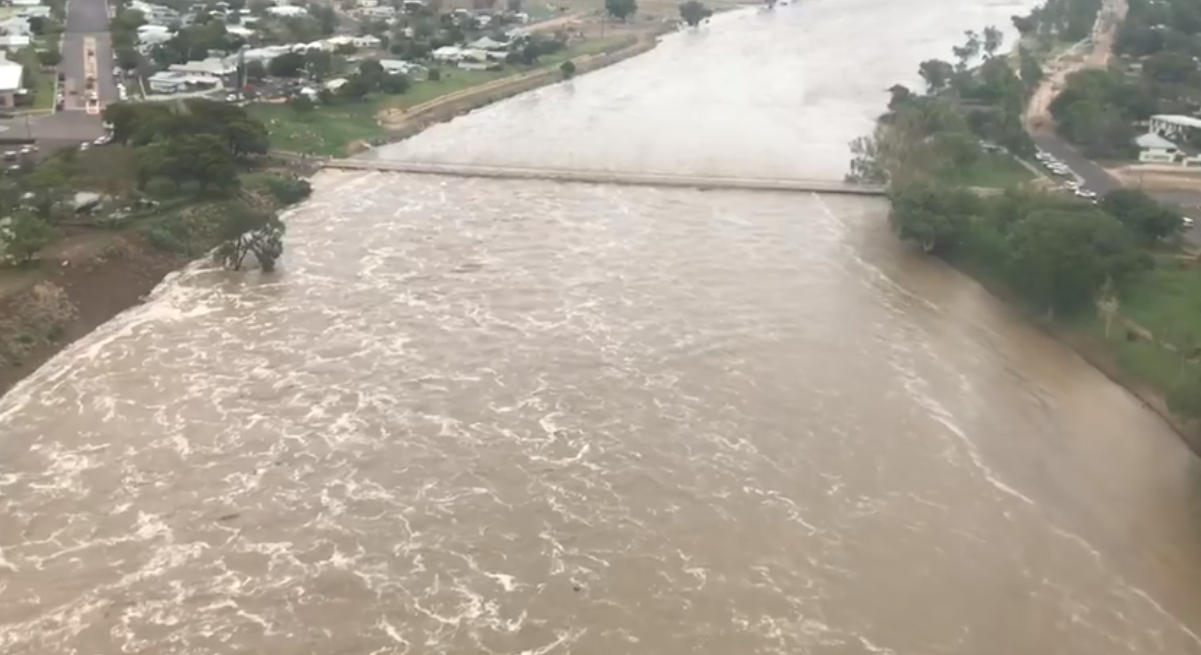Stretches of Queensland highway stabilised with foamed bitumen have emerged unscathed from inundation caused by Cyclone Debbie, saving millions of dollars in repairs and notching up recognition for the road rehabilitation method.
Rockhampton’s Yeppen Floodway was among the areas to go under water after being rehabilitated with foamed bitumen early this year.
“Soon after the water receded there were no load restrictions and it recovered completely to its original strength,” Department of Transport and Main Roads Director (Pavements Rehabilitation) Jothi ‘Rama’ Ramanujam said.
“In other words, water couldn’t affect the foamed bitumen.”
Camp Cable Rd in the south-eastern corner was another case where foamed bitumen had been recently used and it had not required repair despite having almost 3m of water over the pavement after Cyclone Debbie, he said.
In other cases, water had covered unsealed foamed bitumen base at unfinished roadworks and still those sections escaped damage – avoiding expensive and disruptive repairs.
“That’s the beauty of it,” Mr Ramanujam said.
“These are not miracles. We have done research over the last 20 years and have been constantly improving it.”
He said the department’s executive leadership had been very impressed with the performance of the areas stabilised with foamed bitumen compared to other road bases.
Years of research
Foamed bitumen is just one form of stabilisation TMR is investing research funds into through the National Asset Centre of Excellence (NACOE).
The department’s approach often includes removing the road sub-base and sub-grade to improve the foundation with a ‘triple blend’ treatment – a balance of lime, cement and fly ash – before the foamed bitumen stabilisation.
Mr Ramanujam said the TMR procedure included investigating the depth and quality of existing material, the quality of the foundation, before rehabilitation work.

“We have a good investigation and rigorous procedures in our modern laboratory at Pinkenba. In addition, we have technical notes, specifications and we have the pavement rehabilitation manual,” he said. “Depending on funding and the traffic situation, there are so many things to consider before doing a complete design like stabilising the sub-base.”
The department is involved in the design and construction process when foamed bitumen is used and carries out post-construction testing.
“It is a constant loop of learning,” Mr Ramanujam said.
Foamed bitumen in Australia was introduced for rehabilitation work to extend pavement life, but is also being used in new construction – including the Toowoomba Second Range Crossing project.
The foamed bitumen clings to finer particles in the unbound road base, acting like ‘spot welds’ between various-sized particles to create a matrix of materials that is water-resistant but flexible – overcoming cracking problems found in more rigid cement bases.
It uses low viscosity (Class 170) bitumen and a lime additive for initial and long-term strength.
Mr Ramanujam said its use on Queensland roads began with a small trial on the Cunningham Highway, Gladfield, in 1997.
The process has become widely accepted to the point where Mr Ramanujam says about 1000 lane km of road in Queensland now has foamed bitumen base.


